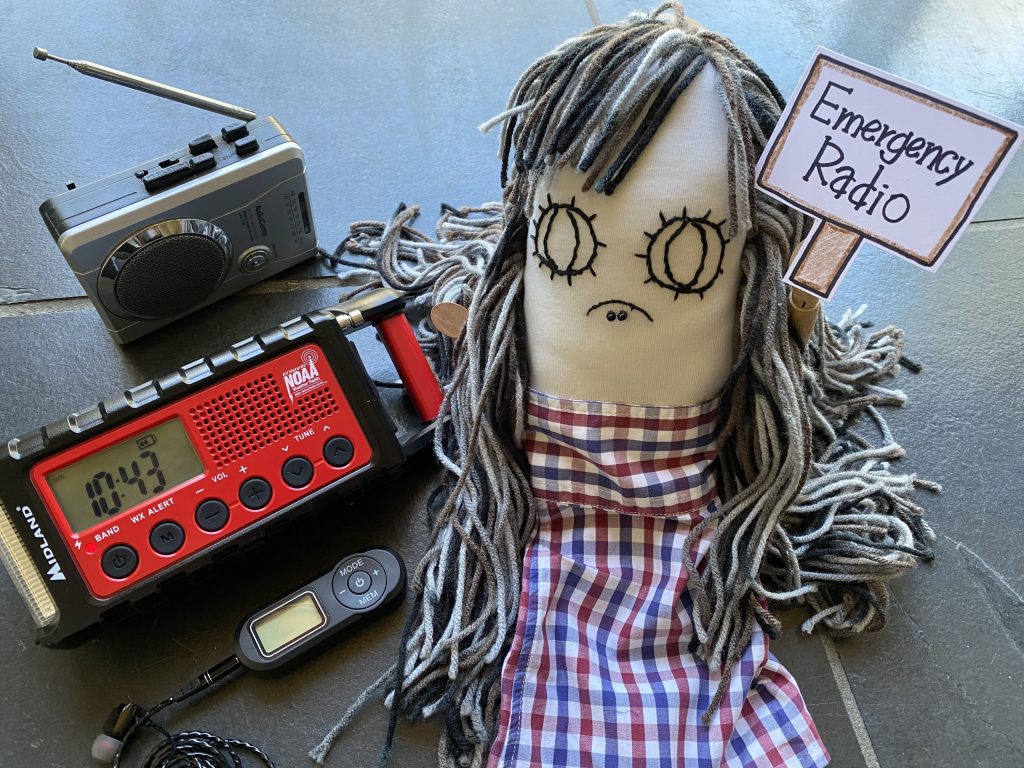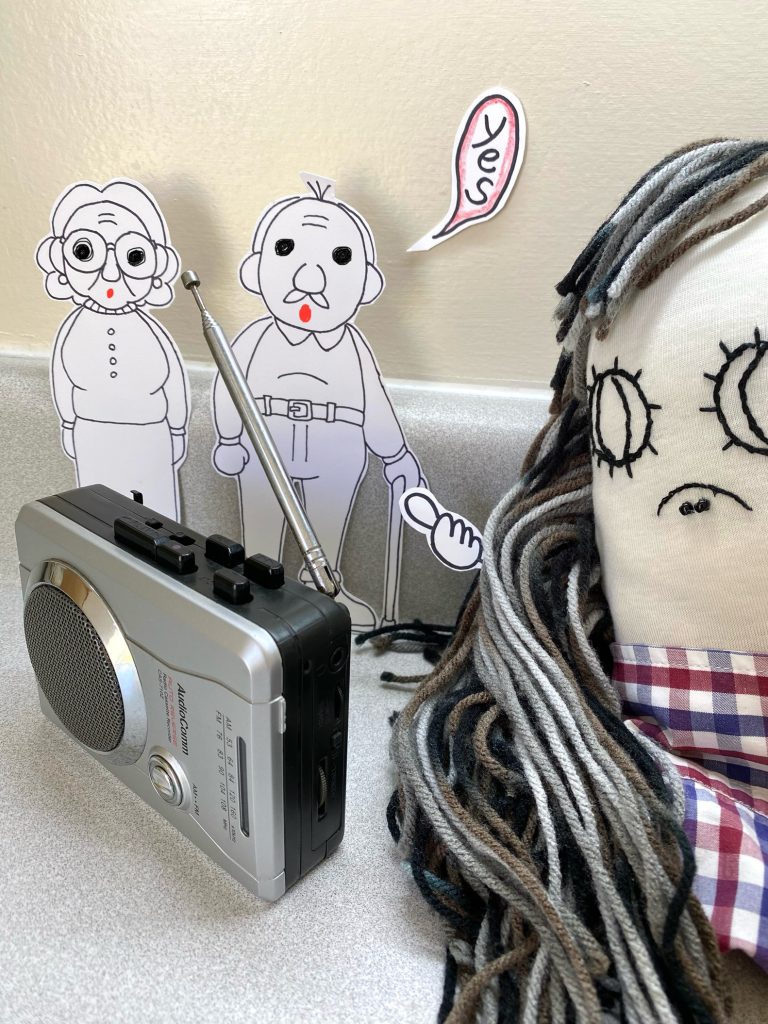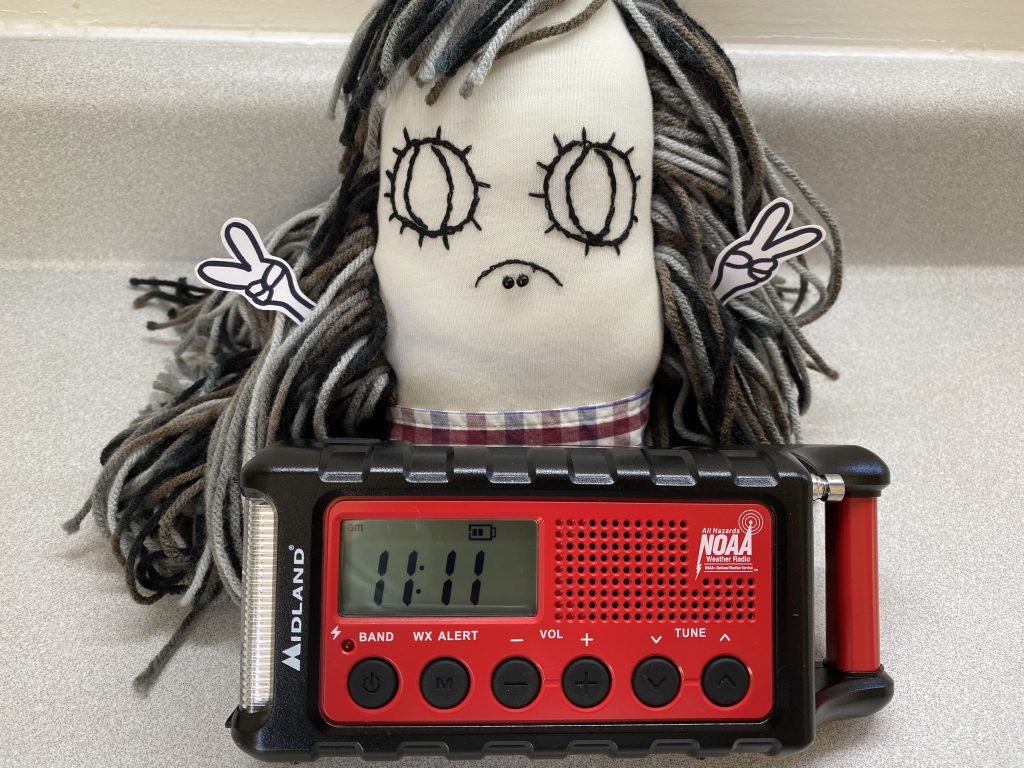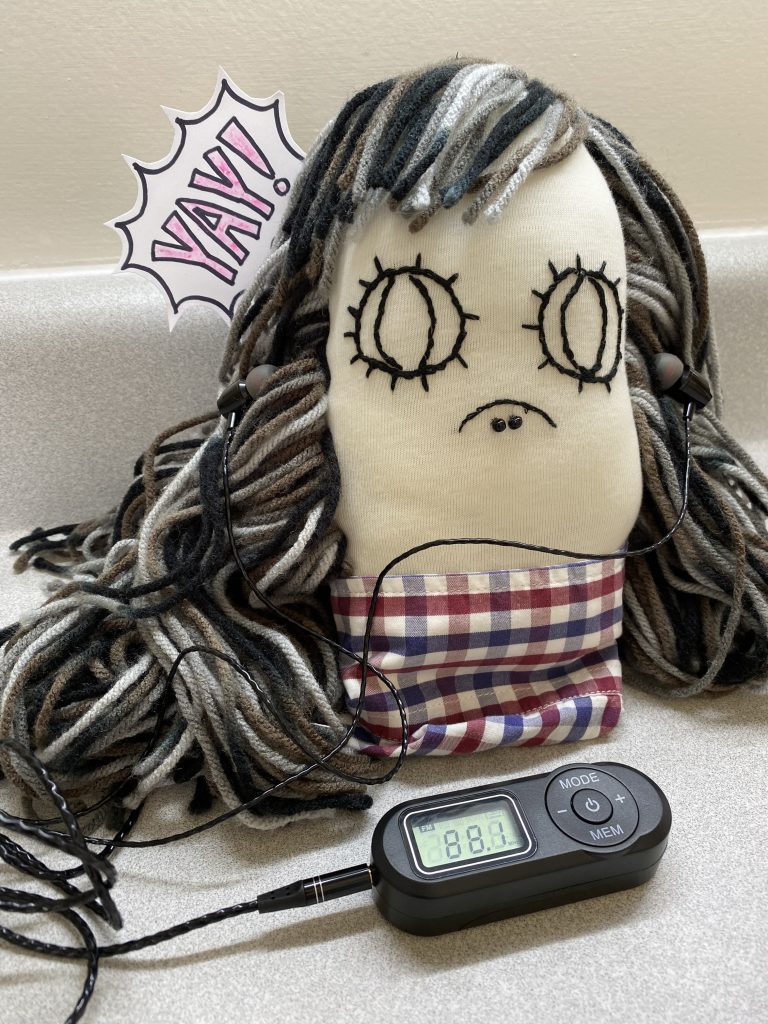
Which radio should I prepare for emergencies?
“I have a smart phone. It will be enough.”
“Wow! People still have radios??
Even my parents don’t have a radio.”
“I don’t think my kids know how to use it.
In fact, I ‘m not sure if they have ever even touched one…”
Nowadays, how often do you see people who use a radio in their home?? It is very rare to hear the sound of a radio, in a home, right? There have been a few times, recently, when I heard music coming from what I thought was a radio, but it turned out to be some other type of device: a wireless smart phone speaker and/or a streaming music service. I tend to use a radio in the car because either I don’t have time to connect my cellphone, or else there is no cellular signal. The radio is easy, and it works. For me, the radio has become like a backup for other devices. How about you?
Even if it is a substitute for other devices, you should still have at least one radio, for emergencies.
Why do we need a radio?
1. After a big disaster, a smart phone might not work. Cell phone networks can become overloaded when everyone makes calls and sends messages, all at the same time.
Radio is a one-way signal transmission, or broadcast, that involves sending information
from a transmitter to a receiver. But the receiver cannot send information back.
The one-way nature of radio protects radios against network congestion.

2. Cellphone towers can break down. During power outages, cellphone towers will only have back-up power for a limited time or possibly not at all. It is a good idea to have a radio.
3. Smart phones are fragile. And we should conserve our phone’s battery, as much as possible, for important things like calling your family or checking maps.
4. Information on the radio is more reliable than information from the internet. There has been a lot of fake news on social media, recently, after disasters. It would be better to just get your information from the radio to avoid confusion.
5. The radio is easy to use for the elderly.
More about the radio
● AM radio is often used to broadcast emergency messages, weather alerts, AMBER Alerts, and other important announcements. This is because AM radio signals can travel long distances and penetrate buildings, making it a reliable way to reach a large number of people, quickly. FM radio is more efficient than AM radio and produces clearer signals. (For more info see Radio Active Media.)
● During natural disasters such as hurricanes, tornadoes, and earthquakes, AM radio stations can provide critical updates on weather conditions, evacuation orders, and rescue efforts. AM radio can be a lifeline for communities that have lost power or internet access.
Things to consider when choosing a radio
1. Size: A lightweight and compact design is good for easy transport during an emergency. But it depends on which emergency bags you set up. I have two different sized radios.
2. Charging options: It’s important to have a radio with multiple power sources (e.g., solar panel, hand crank, and battery). In an real emergency, it’s good to have options.
3. Radio frequency: It’s good to have a radio that can pick up “weather band.” This is a frequency range used by the National Oceanic and Atmospheric Administration (NOAA) for weather alerts and hazard information. (In my area, it is on 162.550MHz.) Weather band emergency broadcasts can not be picked up with conventional AM/FM receivers.
4. Price: Up to you!
5. Other features: Some radios have a built-in flashlight, some have an SOS beacon, and some even have an ultrasonic dog-whistle feature. Some are water-resistant. Some radios have simple analog tuner dials, while others have buttons and digital displays. Some can charge external devices (cell phones, tablets, etc.) using a USB charging cable. There is a seemingly endless combination of bells and whistles (sometimes literally) available.
Additional info
★ Check for additional emergency radio frequencies.
- Emergency Services: local police, fire, and emergency medical frequencies.
- FEMA frequencies: provide critical information during national emergencies.
- Community Channels: many neighborhoods have their own emergency communication channels.
★ You must keep your radio functional.
- Check the radio functionality at least once a year. Test all radio features to make sure they still work.
- Check your batteries. If your radio uses removable batteries, check them periodically for signs of corrosion or depletion. Replace or recharge them if they’re low. Some rechargeable batteries should be kept at a certain charge level to maintain health.
- Store your radio in a cool and dry place. Avoid places with high humidity to prevent damage to the internal components.
I picked up this radio
MIDLAND

This one has the perfect everything, for me. I set it up in the emergency evacuation bag in my car. When we go to the mountains for a picnic, we use it and enjoy music with friends.
Also, I have this tiny radio as an emergency backup in case my cell phone stops working. I set it up in my emergency evacuation bag at home.

The emergency radio is more than just a device. It is a lifeline that connects you to crucial information and services in emergency situations. Please do not think that a smart phone is enough. I strongly recommend you have a radio for emergencies.
See you next time.
Remember, “Protect your life by yourself” (自分の命は自分で守る). You need to survive first, and then you need your emergency supply. No matter how well you prepared your emergency supplies, if you die, then all of your preparations will have been for nothing. First and foremost, keep your health up all the time. Build your stamina so that if you need to, you can evacuate as quickly as possible. Stay healthy.